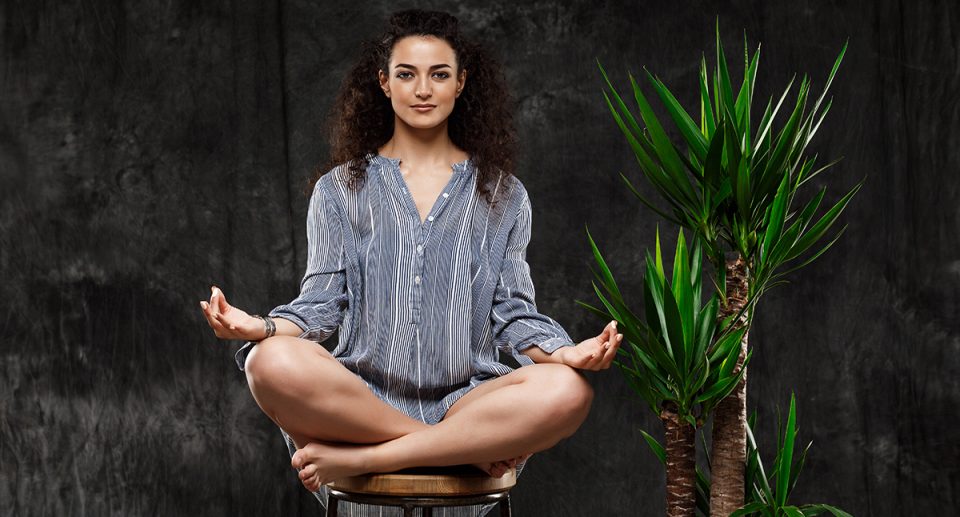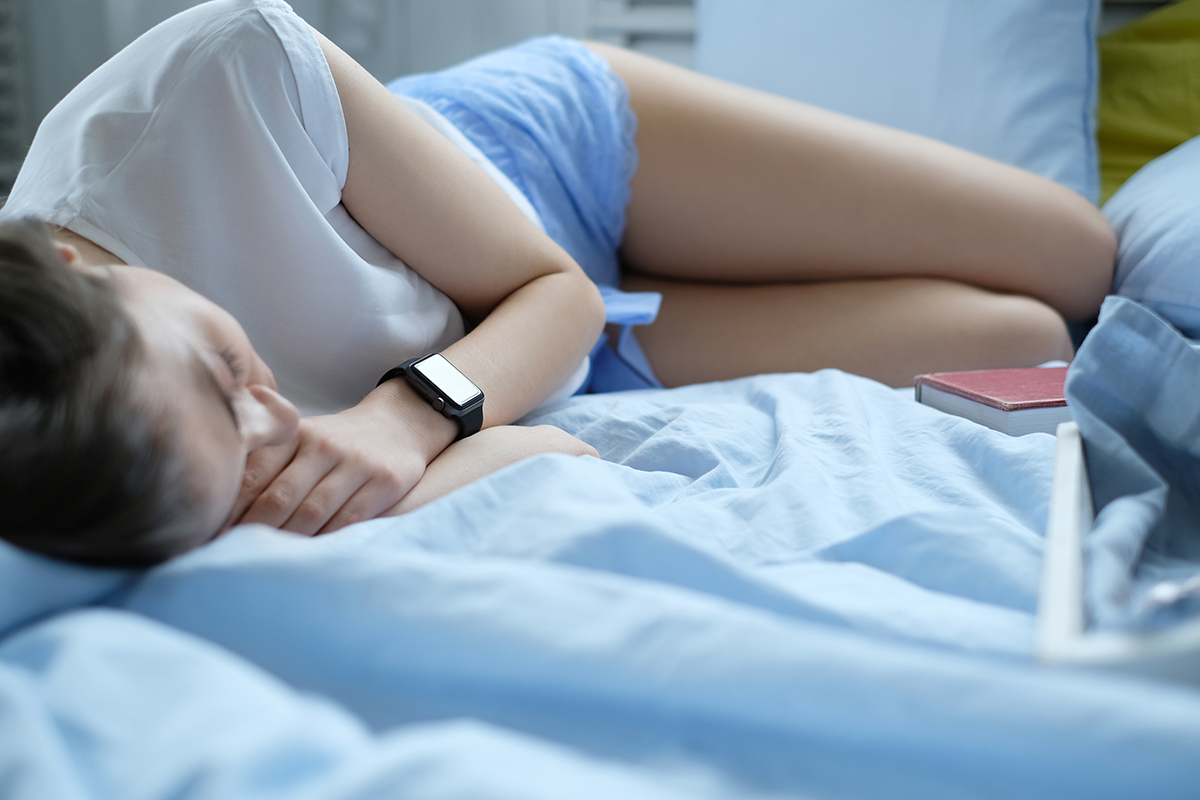This is how to do Pilates workouts at home

Pilates continually surprises a lot of people with its versatility. Sometimes, a class provides the perfect restorative movement someone needs, leaving them feeling accomplished yet refreshed. Other times, a reformer class (using a reformer machine for resistance) proves so challenging that they have to take multiple breaks.
Known for being low-impact yet powerful, Pilates workouts can easily be done at home. The focus on breath, form, and core work allows you to incorporate powerful, challenging movements without any equipment or a reformer machine. Many studios offer ‘mat Pilates’ classes, demonstrating that a studio-level workout is possible without fancy equipment.
To help you start your own Pilates routine at home, we provide top tips on setting up a home practice.
What is Pilates?
Pilates was developed by Joseph Pilates in the 1920s. According to the Mayo Clinic, Pilates focuses on low-impact movements and exercises that strengthen muscles while maintaining balance and flexibility. The method places a strong emphasis on alignment and posture, which attracts many people, including dancers and athletes who use it to complement their training or recover from injuries.
There are various types of Pilates workout classes and methods, and finding the right one for you and an instructor style you prefer may require some trial and error.
Pilates is a highly effective workout for building strength while keeping the body safe. Benefits include improved core strength, stability, flexibility, injury prevention, and better posture.
If you prefer a low-impact, slow, but intense workout, try a reformer class. These classes use resistance-based movements, where you move as slowly as possible, utilizing your body weight. At home, you can achieve similar results by moving slowly to engage slow-twitch muscle fibers, building tension, and eventually reaching muscle failure. You’ll experience the same burn as in a reformer studio class.
Essentials for your home studio setup
While you don’t need any equipment to practice Pilates workouts at home, a few basics, like a yoga mat, can enhance your experience. Choose a spacious area with plenty of light to set up your practice.
Setting yourself up for success when working out from home is crucial. Start by finding a spot with ample space and good lighting. Then, create a motivating atmosphere by playing some music and lighting a scented candle. Creating a space that you enjoy and feel comfortable in will help keep you motivated and consistent with your practice.
If you can’t make it to your studio Pilates workouts, try to replicate the experience at home. Wear an outfit you would typically wear to the studio and connect with others to stay motivated.
Put on an outfit you love to feel empowered. Stay connected with your community by recording and sharing your workout on social media. This not only helps keep you motivated but also allows you to track your progress and assess your form. Don’t forget to post and tag for some community support.
Equipment for reformer-style classes
A Pilates reformer is a machine resembling a massage table, equipped with a sliding carriage and adjustable springs for resistance. While you can buy one for home use, they are quite expensive.
Instead of purchasing a Pilates reformer machine, you can replicate it with smaller, less expensive tools.
Sliders. Sliders are discs you place under your hands or feet to mimic a Pilates reformer class at home. Some sliders come with foam cushioning for added support and comfort. If you don’t have sliders, you can use household items that serve a similar purpose.
The goal is to find something that allows your hands or feet to glide smoothly across the floor, creating resistance with your body weight, similar to a reformer machine. For instance, you can use fuzzy socks or, on carpeted floors, plastic shopping bags or towels.
Finding a suitable slider for carpet may take some trial and error, and you might need to try different props or move to a room with hard surface floors.
Weights. Some Pilates workout classes incorporate hand-held weights to increase resistance. If you don’t have weights or prefer not to use them, many Pilates workouts can be modified accordingly. Typically, lighter weights between 2 and 8 pounds are used. If you don’t have weights at home, you can use alternatives like wine bottles or water bottles.
Pilates workouts to try at home
Many Pilates studios offer classes on streaming platforms. These platforms provide a variety of class formats. For a more interactive experience, try Zoom classes where the trainer can see you and help you adjust your form. Seeing other participants can also provide a sense of community and accountability, which is especially valuable if you’re used to group classes.
You can also find Pilates workout classes all over the internet. Check out some favorite online Pilates workouts to try at home in between the information provided above. We hope you’ll enjoy all of these Pilates workouts that you can do at-home!
Please note: The information in this article is for educational and informational purposes only and is not intended as health or medical advice. Always consult a physician or other qualified health provider with any questions you may have about a medical condition or health objectives.



















